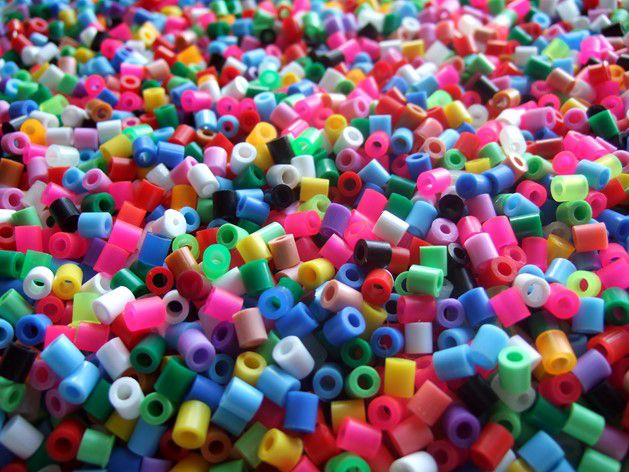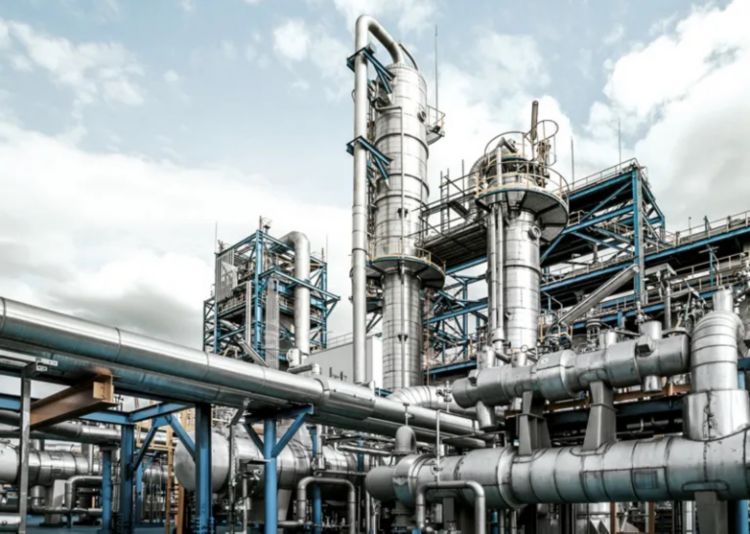Faster quality control at lower operating costs with near-infrared spectroscopy
Speed, ease-of-use, and simplicity
This is what near-infrared spectroscopy (NIRS) stands out for:
- Fast multiparameter analysis with time to result of less than 1 minute
- No chemicals and no sample preparation required
- Routine analysis possible by non-specialists
Save more than 90% on your running costs!

Polyols for industrial use
Follow ASTM D6342 and ASTM E1655 for a cost- and time-efficient method to analyse chemical parameters like hydroxyl number, isocyanate content and moisture.
The benefits of near-infrared spectroscopy (NIRS) in quality control (QC)
What is near-infrared spectroscopy (NIRS)?
NIRS is a spectroscopic method that focuses on the near-infrared region of the electromagnetic spectrum, which is from 780 to 2500 nm. Together with mid-infrared spectroscopy (mostly FT-IR) and Raman spectroscopy, near-Infrared spectroscopy belongs to the groups of vibrational spectroscopy techniques. The first near-IR spectrometers for industrial applications and chemical analysis were developed in the 1980s. There are two main types of NIR analysers: Fourier Transform based (FT-NIR) and dispersive NIR (scanning) spectrometers. The advantage of our dispersive spectrometers with a monochromator and holographic grating is that they combine visible (Vis) and near-infrared (NIR) spectroscopy and are capable of qualitative (identification and qualification) and quantitative analysis of a number of parameters in one run.
What can NIRS be used for?
Near-infrared spectroscopy finds many applications in quality control and quality assurance processes for the determination of chemical and physical parameters of samples. It is therefore a highly suitable method for applications in a variety of industries, e.g., chemical production, pharmaceuticals, petro, polymer production, cosmetics, pulp and paper, palm oil, and many more.
What are the benefits of NIRS over wet-chemical techniques?
Near-infrared spectroscopy has several advantages over traditional, wet-chemical techniques:
- NIRS does not require potentially toxic solvents and reagents, thus it is a green and environmentally friendly technique.
- NIR spectrometers can be operated by non-specialists, knowledge of chemical reactions and chemical analysis is not required.
- User familiarisation times are low, which means that staff training is fast.
- NIR spectroscopy is non-destructive, meaning that the samples are not destroyed or tampered with chemically during analysis and can thus be reused.
- NIRS is fast, providing accurate results in a less than a minute.
- NIRS has multiparameter capabilities, i.e., in many cases, more than one parameter can be determined with one single measurement.
Most NIRS users report significant cost savings and time savings when performing their analyses with NIRS instead of with wet chemical techniques. After investing in an NIR spectrometer, the break even point is generally reached quickly and the return-on-investment calculations (ROI) show a very positive outcome.
Near-infrared spectroscopy has several advantages over traditional, wet-chemical techniques:
- NIRS does not require potentially toxic solvents and reagents, thus it is a green and environmentally friendly technique.
- NIR spectrometers can be operated by non-specialists, knowledge of chemical reactions and chemical analysis is not required.
- User familiarization times are low, which means that staff training is fast.
- NIR spectroscopy is non-destructive, meaning that the samples are not destroyed or tampered with chemically during analysis and can thus be reused.
- NIRS is fast, providing accurate results in a less than a minute.
- NIRS has multiparameter capabilities, i.e., in many cases, more than one parameter can be determined with one single measurement.
Most NIRS users report significant cost savings and time savings when performing their analyses with NIRS instead of with wet chemical techniques. After investing in an NIR spectrometer, the break even point is generally reached quickly and the return-on-investment calculations (ROI) show a very positive outcome.
Did you know?
«People you can trust» is the official claim of the Metrohm brand and the fundamental commitment we make to all of our stakeholders.
Show another



